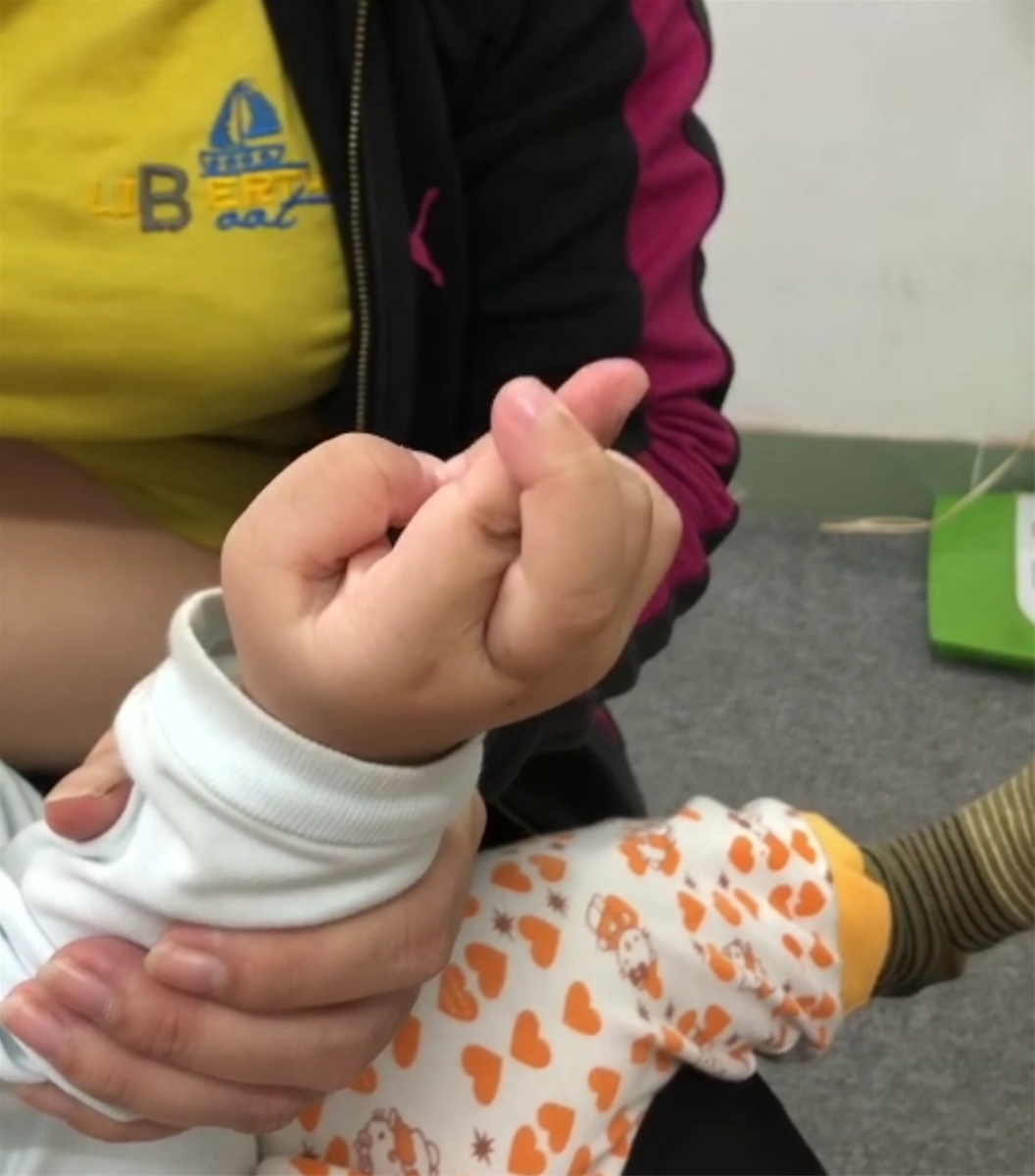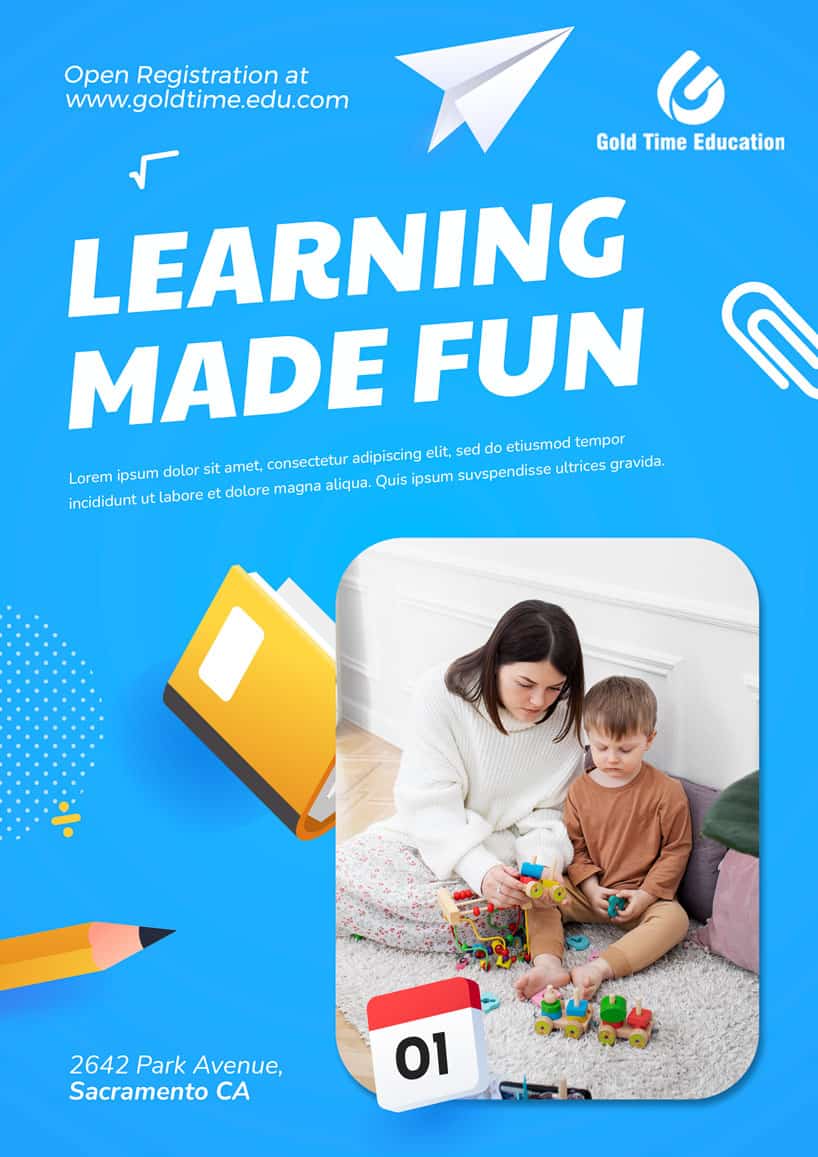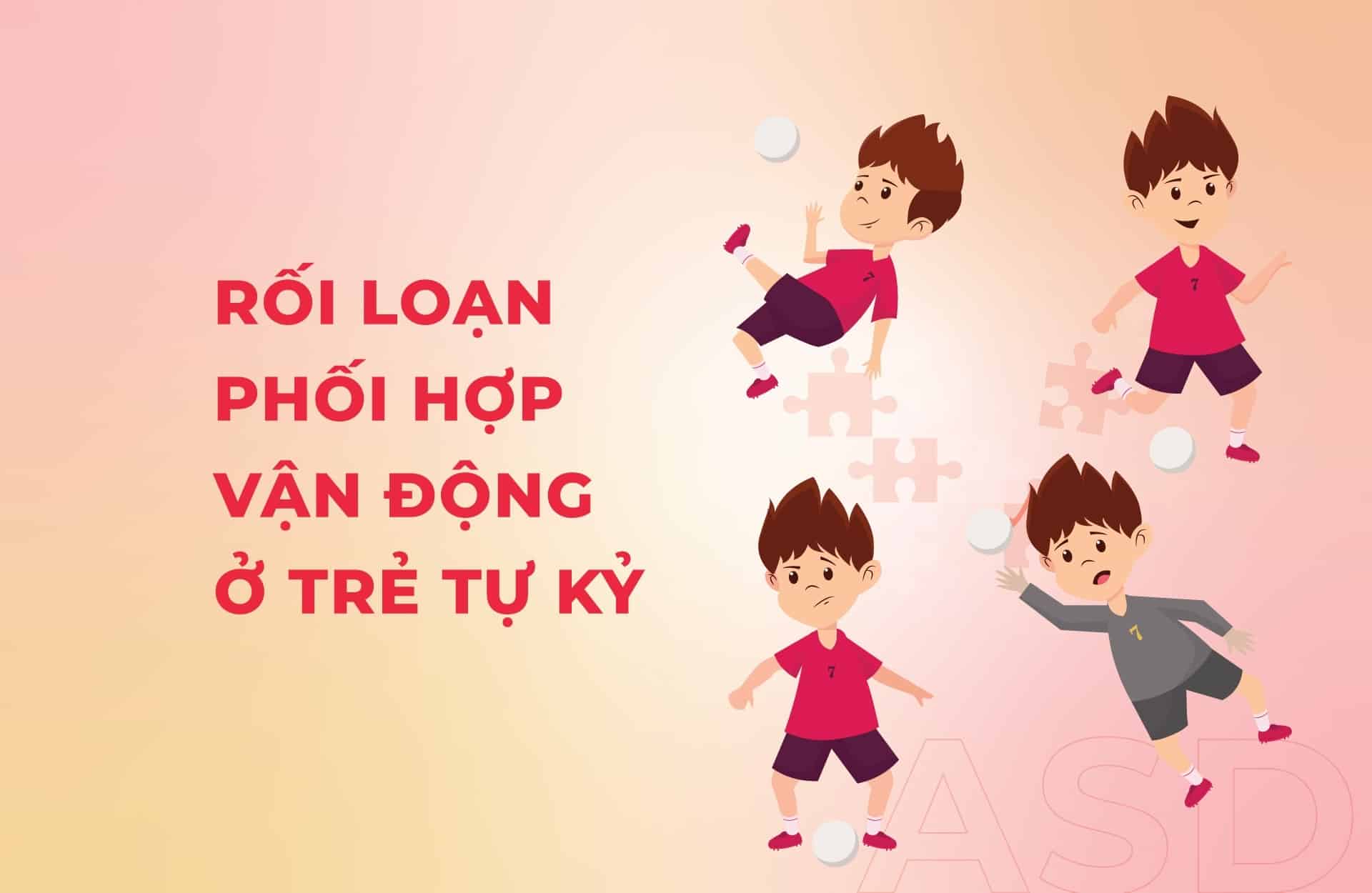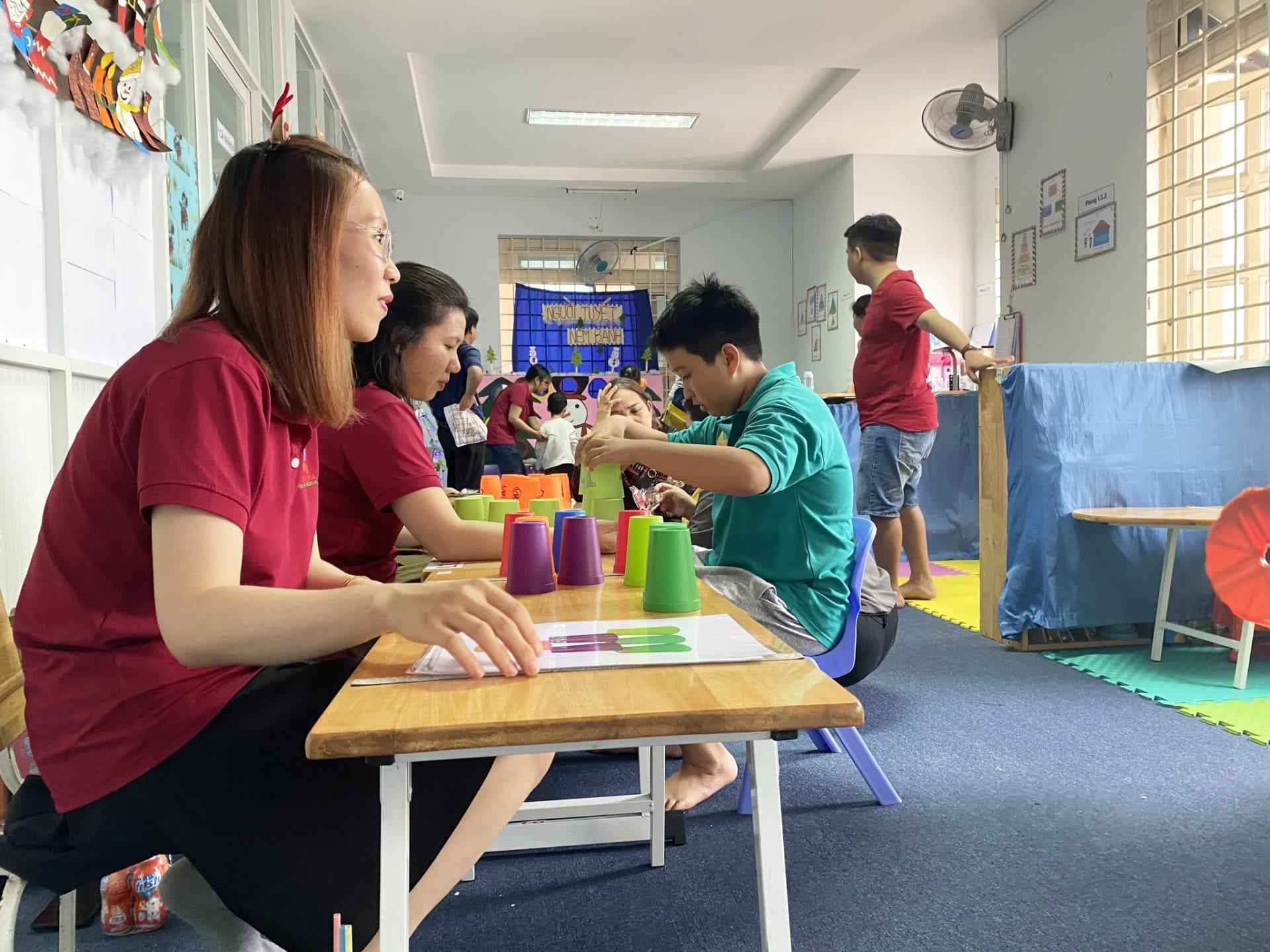“Hand play” is one of the abnormal behaviors in children that parents can easily notice.
* Signs:
– Pressing, squeezing, or rubbing fingertips together;
– Constantly flapping, waving, or rotating wrists;
– Clapping hands inappropriately, repeatedly;
– Interlocking fingers, continuously spreading and closing palms;
– Enjoying biting nails;
– Bringing hands close to eyes, liking to raise fingers diagonally to admire or dance;
– Always holding objects in hand;
– Tapping fingers on the table;
– Hand activities can last for a long time without boredom.
– …
* Signs:
– Pressing, squeezing, or rubbing fingertips together;
– Constantly flapping, waving, or rotating wrists;
– Clapping hands inappropriately, repeatedly;
– Interlocking fingers, continuously spreading and closing palms;
– Enjoying biting nails;
– Bringing hands close to eyes, liking to raise fingers diagonally to admire or dance;
– Always holding objects in hand;
– Tapping fingers on the table;
– Hand activities can last for a long time without boredom.
– …

The image of a child playing with hands.
* When engaging in hand play, the child seeks a sense of security and satisfaction, relieving restlessness and discomfort in the fingertips and palms.
* Impact: Hand play is a repetitive behavior pattern. This affects fine motor skills, gradually reducing the flexibility of finger and hand movements (grasping, holding, using utensils like spoons or chopsticks), causing hand injuries or deformities, along with sensory and spatial perception disorders. In terms of social communication, children with such abnormal behaviors may attract attention, indirectly creating barriers for them to integrate with peers.
* When noticing signs of hand play in their child, parents should promptly seek evaluation from specialists for comprehensive and in-depth assessment.
* Impact: Hand play is a repetitive behavior pattern. This affects fine motor skills, gradually reducing the flexibility of finger and hand movements (grasping, holding, using utensils like spoons or chopsticks), causing hand injuries or deformities, along with sensory and spatial perception disorders. In terms of social communication, children with such abnormal behaviors may attract attention, indirectly creating barriers for them to integrate with peers.
* When noticing signs of hand play in their child, parents should promptly seek evaluation from specialists for comprehensive and in-depth assessment.
A case of hand-playing behavior in children.








